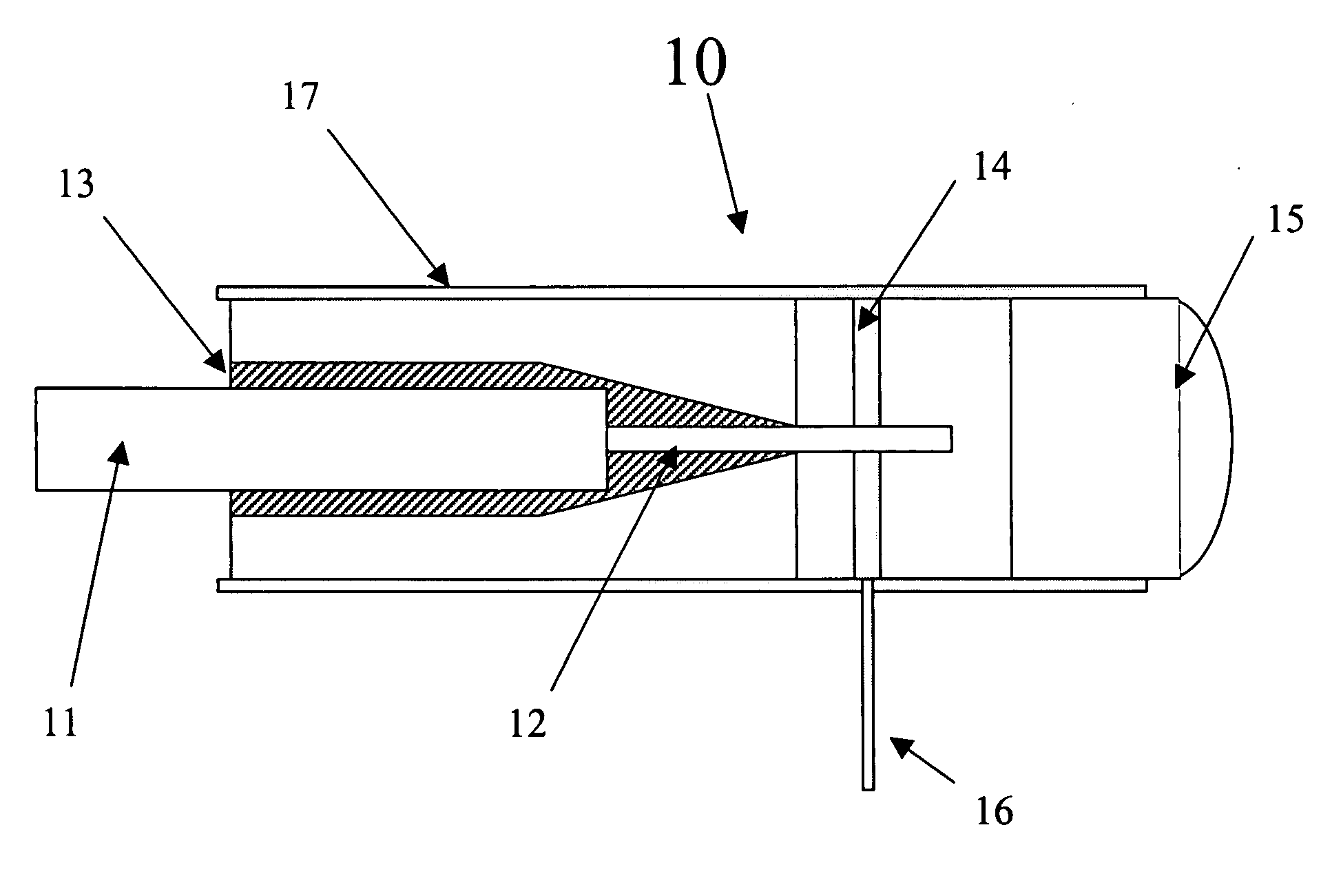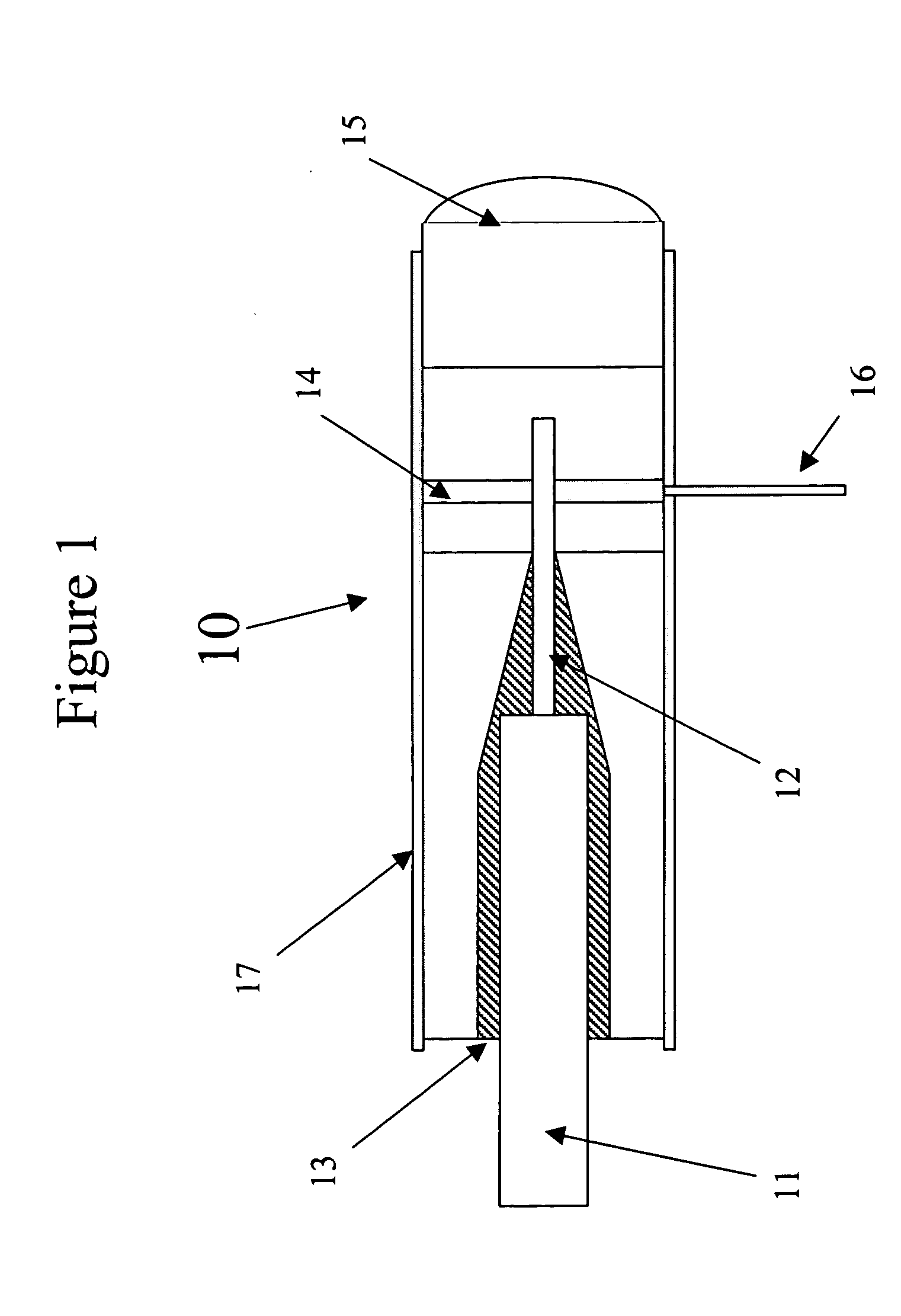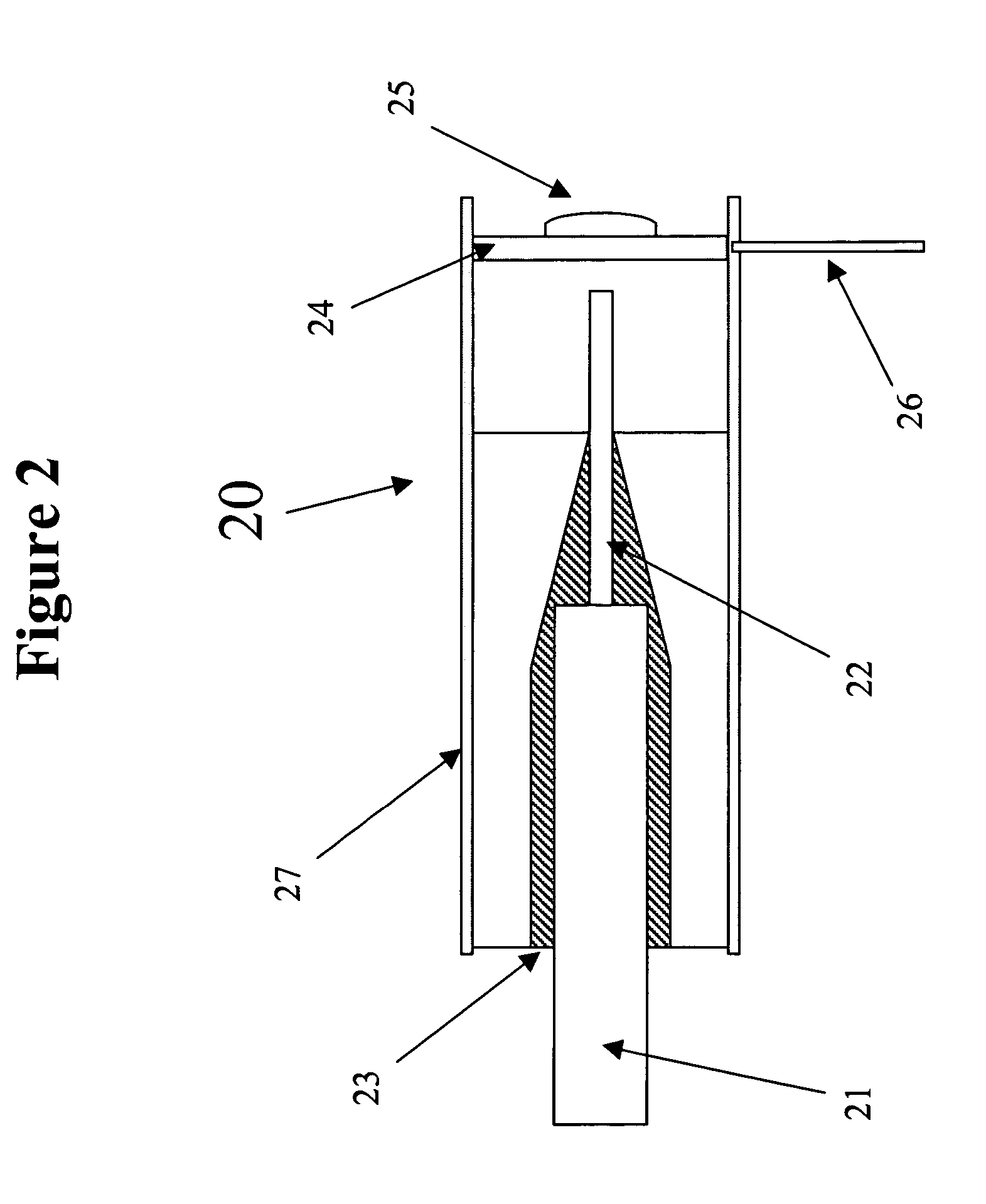Dynamic micro-positioner and aligner
a micro-positioner and aligner technology, applied in the field of dynamic micro-positioners and aligners, can solve the problems of difficult to achieve low tolerances in volume manufacturing, critical low tolerances between optical fiber lenses or other optical elements, and expensive equipment and long manufacturing cycles of optical components
- Summary
- Abstract
- Description
- Claims
- Application Information
AI Technical Summary
Benefits of technology
Problems solved by technology
Method used
Image
Examples
first embodiment
[0062]FIG. 8(a) is a top view of the micro-positioner 80 of the present invention. As seen therein, micro-positioner 80 is comprised of the following subassemblies, components and elements: shuttle 81, shuttle springs 82, x-axis expansion bars 83(a) and 83(b), x-axis bond pads 84(a) and 84(b), x-axis clamps 85(a) and 85(b), x-axis expansion springs 86(a) and 86(b), y-axis expansion bars 87(a) and 87(b), y-axis bond pads 88(a) and 88(b), y-axis clamps 89(a) and 89(b), y-axis expansion springs 810(a) and 810(b), movable mount 811, and movable mount aperature 812. In one embodiment of the present invention, the foregoing components and elements are comprised of semiconductor material. The shuttle 81 of micro-positioner 80 is adapted to move in the X direction. Shuttle 81 is attached to micropositioner 80 with eight shuttle springs 82 and the shuttle 81 is adjusted or aligned in the X direction by two expansion subassemblies FIG. 8(b). Within shuttle 81 are two expansion subassemblies, ...
second embodiment
[0072]FIG. 14 is a top view of the micro-positioner 140 of the present invention. As seen therein, micro-positioner 140 is comprised of the following subassemblies, components and elements: pinion actuators 141(a) and 141(b), pinion drives 142(a) and 142(b), pinion release 143(a) and 143(b), axis hold actuator 144(a) and 144(b), x-axis and y-axis interconnection bond pads 145(a) and 145(b), x-axis slides and y-axis slides 146(a) and 146(b), axis setup actuators 147(a) and 147(b), and a movable aperture 148.
[0073] The apparatus of FIG. 14 provides for both X and Y motion without using retention springs as seen in the first embodiment of the micro-positioner. The moving aperture 148 slides and is guided by x-axis slides and y-axis slides 146(a) and 146(b). The pinions 141(a) and 141(b), provide motion as follows: at rest all pinion actuators, 142(a), 142(b), 143(a), 143(b), 144(a) and 144(b) are in contact with and are clamping movable aperture 148 such that the movable aperture is lo...
PUM
 Login to View More
Login to View More Abstract
Description
Claims
Application Information
 Login to View More
Login to View More - R&D
- Intellectual Property
- Life Sciences
- Materials
- Tech Scout
- Unparalleled Data Quality
- Higher Quality Content
- 60% Fewer Hallucinations
Browse by: Latest US Patents, China's latest patents, Technical Efficacy Thesaurus, Application Domain, Technology Topic, Popular Technical Reports.
© 2025 PatSnap. All rights reserved.Legal|Privacy policy|Modern Slavery Act Transparency Statement|Sitemap|About US| Contact US: help@patsnap.com



